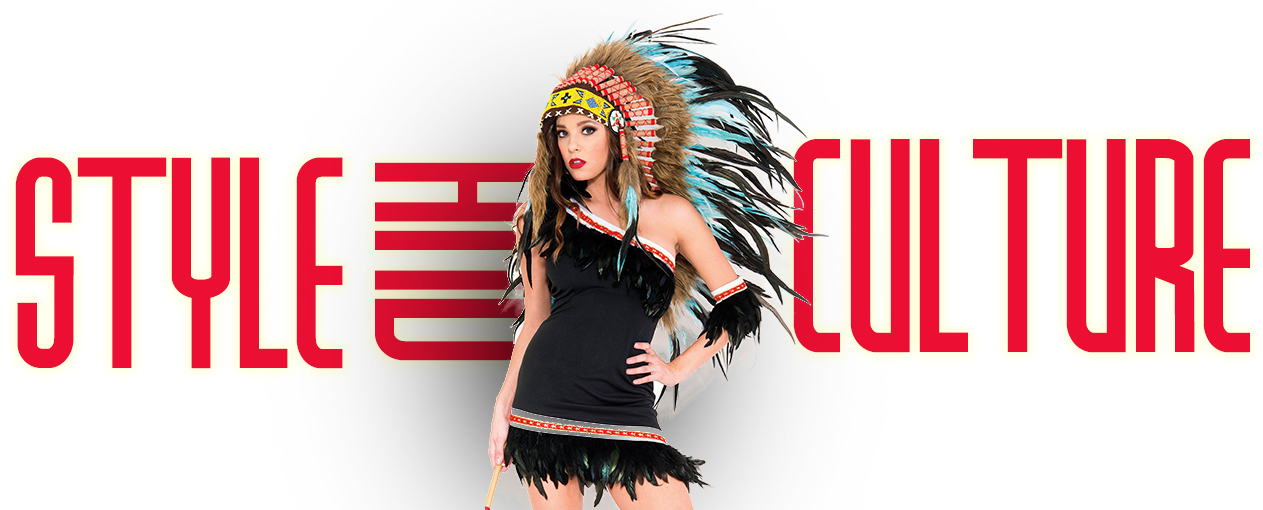The word ‘fashion’ also means something popular or in style, something ‘of the moment’ – a zeitgeist. What’s ‘in fashion’ at any one moment speaks to wider trends in society mostly reflecting the culture and traditions.
The clothes we wear represent who we are and, more importantly, who we want to be
Fashion speaks for us. It’s almost like a language. But fashion is also art. Across the globe, museums host costume institutes, aimed at contextualizing fashion as the art form that it is. Most notably, the Victoria & Albert Museum consistently host fashion exhibitions that mostly reflect the cultural significance of various societies.
The issue of Native American Headdresses
Because of the link of heritage and culture to clothes, cultural appropriation is an important issue. In 2015, Glastonbury festival banned the sale of Native American headdresses because of a Change.org petition that called the wearing of the headdresses by non-Natives, “an offensive and disrespectful form of cultural appropriation.” It became a part of a larger movement of groups saying their cultures are not costumes to be worn by others, purely for aesthetic effect.

The Durag
Take the durag from the African American community. While durags serve a utilitarian purpose of protecting and preserving hairstyles in the black community, they have also become indicative of a shared cultural experience. This is why there’s a backlash when celebrities like Kylie Jenner don a piece like a durag. The item of clothing isn’t just the nylon it’s made of: it has become shorthand for the struggles and triumphs of a particular life experience. The clothes we wear tell stories of our culture and our heritage – things that can’t easily be shrugged on and taken off at will.

Traditional influence
Tradition is also passed down in the creation and construction of our clothes. The way things are made, the materials, and the process, are all embedded into our communities and cultures. Take block printing, or Miao embroidery – these traditions are the livelihoods of the skilled craftspeople who make them, and the lifeblood of their communities. Most of the best tweeds and tartans are still made on the islands of Scotland, and haute couture requires ateliers in Paris. These skills are generally passed down from person to person, generation to generation, learned through hands-on apprenticeships by ever-shrinking amounts of people.

The trend of political dressing
Many collections on the fashion ramps often depict a political statement as well including pink hats, white bandanas as a symbol of inclusion or black berets. In these instances, there is a cultural message that the fashion designers portray across to unite traditional norms yet bring out the diversity of the society.


